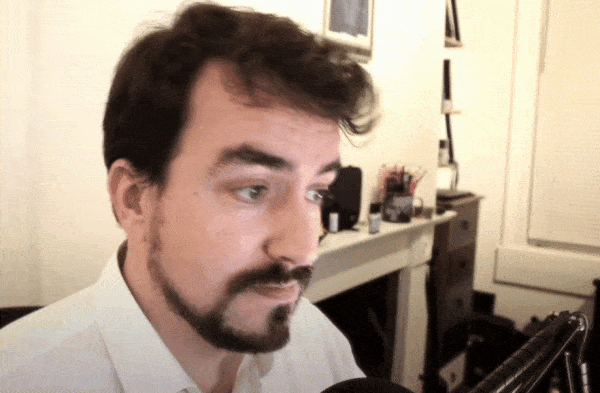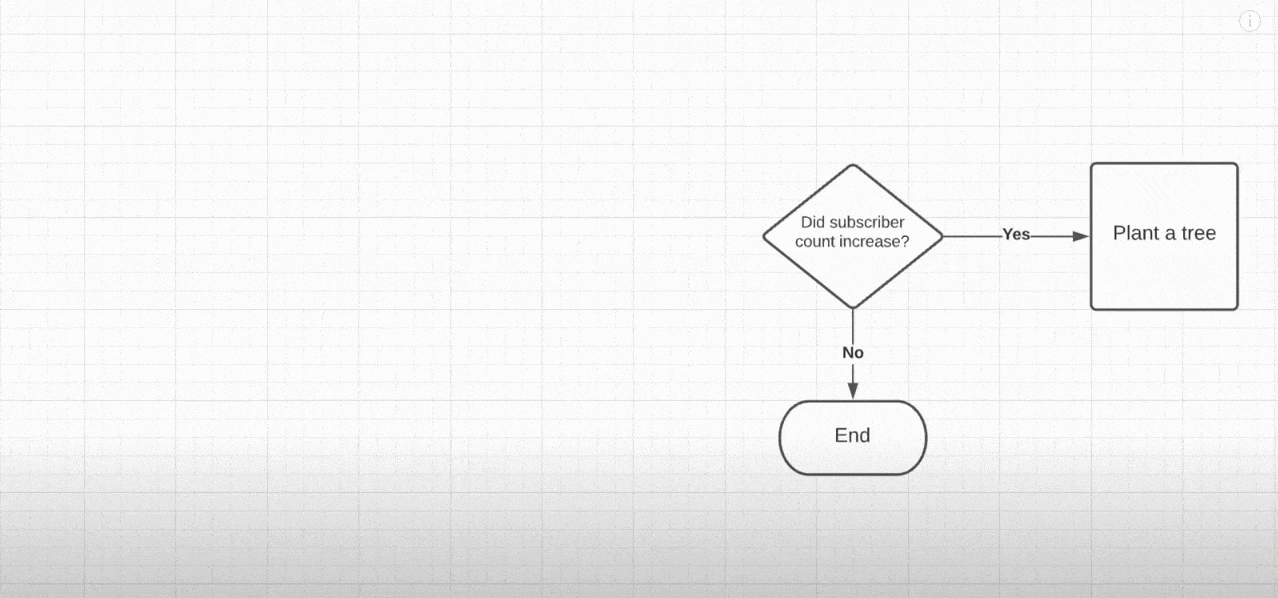Why (and how) we’re planting a tree when someone subscribes to our YouTube channel
Why (and how) we’re planting a tree when someone subscribes to our YouTube channel
Why (and how) we’re planting a tree when someone subscribes to our YouTube channel
2021 gave us many things… new Covid variants being among my least favourite. COP26, however, was a lot more uplifting. While the summit could have achieved much more, it left me with a renewed energy for doing our bit to avert the climate catastrophe.
But then I got worried because I thought of all the times I’ve tried to lose weight.
My history of trying to get back to a healthy BMI is littered with bold intentions of losing a huge amount of fat in a short period of time. I would make great progress for a few weeks before my old habits kicked back in. My well-meaning goal setting caved under the weight of my own ambition and, before long, I found myself making excuses for why my goals were too lofty and I’d soon be skipping exercise or indulging in unhealthy eating.
It was only when I set myself more achievable goals that I saw a continuous and meaningful difference in my waistline.
While I’m a big believer in having a ‘Big Hair Audacious Goal’, I’m always conscious that we need to put serious resources into making those goals a reality. And those resources need to be proportional to meeting the expectations you already have of yourself. There’s no point trying to cut 1,500 calories from your diet each day if you simply need that energy.
This was the lens through which I saw my desire to help with the climate crisis. I was worried I was going to make a commitment that would mean I either fail to make a meaningful change or I would take on something that caused my other commitments to crumble, taking away the very fuel that allows me to make a difference in the first place.
Our existing contribution to carbon offsetting
At ESM Inbound, we already have a commitment to carbon offsetting. It’s been in place for nine months and has quietly made a small impact.
Nine months ago, our internal Team Voice programme suggested that we plant a tree whenever one of our invoices is paid. Everyone in the business loved the idea and we created a simple integration between Quickbooks (our invoicing and accounting software) and MoreTrees (a tree-planting service) using Zapier (a middleware platform).
You can see how we built that integration in this video:
It took minutes to create and no effort to maintain but means that we’re planting a few trees every single month.
By running our business well, this automation will continue to do a little bit of good. It’s the simplicity of the goal and the lack of sustained effort that means this is still working and will continue to work. There’s no button clicking, no meetings, no reviews… we don’t have to do anything to keep this going.
Matching ecological intentions to business goals
While tree planting is certainly something we want to do as a business (and, ultimately, helping the planet will help our business), we can’t realistically call it one of our business goals. If we did, then it would be the 'easy to de-prioritise goal' when times get hard and we have to decide where to focus our resources.
If there was a question about whether we have enough people to deliver on a client’s project while we had three people working on tree planting, then it would inevitably be the tree planting that had resources sacrificed.
Our existing automation works because it happens when we hit our goals. Someone pays us, we plant a tree. It’s easy and rewards us when we do our jobs.
So, if we wanted to sustainably increase the number of trees we’re planting, we knew we would need to match that desire to an existing business goal. Fortunately, we were in the process of setting a new one.
In Q4 2021, ESM Inbound started a YouTube channel with the goal of video becoming the heart of our own content creation efforts. We’re already putting significant resources behind this channel. We’ve hired a five-person team who will work on nothing but our own media channels, we’ve purchased thousands of pounds worth of equipment and we’ve moved from being a remote business to a hybrid one with three offices in central Bath (Somerset, UK).
In short, this is the most significant single investment we’ve made for ourselves. Why not tie that to our desire to do something ecologically minded?
We had an existing goal of reaching 1,000 YouTube subscribers, so we tied that to tree planting. For our first 1,000 YouTube subscribers, we committed to planting a tree for every single one.
You can get a little more information about why in this video:
How we’re planting trees when someone subscribes to our YouTube channel
Having already built the integration for our accounting system, we figured it would be easy to do the same for YouTube. After all, Zapier has an existing integration with YouTube. Surely, all we had to do was clone the automation and change the trigger from ‘Invoice paid in Quickbooks’ to ‘New subscriber in YouTube’… right?
Erm… no…
It turns out that Zapier doesn’t have a trigger for new YouTube subscribers. So, we had to build a trigger using the YouTube API. This wasn’t the hardest thing we had ever done but it required a degree of effort sufficient to make me do this…

With a little perseverance, we were able to use YouTube’s Google Cloud API library to authenticate a simple API call on a regular schedule that would tell us how many YouTube subscribers we had.
From there, we needed to build a process that checked to see if our subscriber count had increased. This served two purposes:
- It forms the trigger for planting a tree (if the number goes up, we plant)
- It prevents 'click fraud' from someone continually subscribing and unsubscribing.
To handle the comparison between subscribers now and subscribers an hour earlier, we stored the number of subscribers in a Google Sheet. We then used Zapier’s formatter to perform a very simple calculation:
[Subscribers now: taken from YouTube’s API)] – [Subscribers an hour ago: taken from Google Sheets]

We then took the number that came out of that calculation and planted that many trees.
You can see this integration in more detail by watching this video:
What happens after 1,000 subscribers?
We’re investing heavily into hitting our goal of 1,000 subscribers to ESM Inbound’s YouTube channel. As a result, that’s where our attention is right now and that’s why we’ve committed to planting a tree for every subscriber.
Once we’ve hit that goal (and, we don’t intend for that to take very long), we’ll be aligning our tree-planting ambitions with another business objective. I’m not in a position to share what that next goal will be just now but, rest assured, it’s going to be similarly ambitious and with a comparable level of business commitment behind it. I’ll be sure to post another video and blog post about that when the time is right.
In the meantime, if you have a few moments and you’d like to plant a tree (while also doing a little bit of good for the planet), we would really appreciate it if you could take a few moments to subscribe to ESM Inbound’s YouTube channel, which you can do by visiting our channel and then clicking ‘subscribe’.
Our content includes affiliate links. This means that we may receive a commission if you make a purchase through one of the links on our website. This will be at no cost to you and helps to fund the content creation work on our website.

